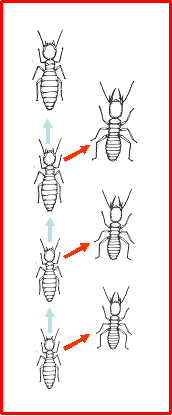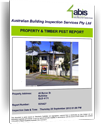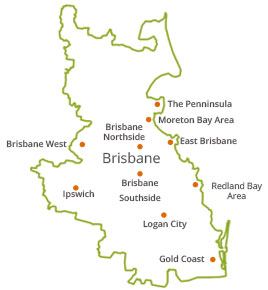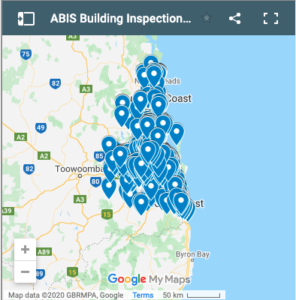Subterranean Termite Species
Termite identification based on:
- Alate & soldier characteristics;
- Feeding & nesting habits; and
- Distribution
Soldiers and Identification
- Useful for quick identification
- Variation in size and morphology within a species
- Soldiers are the final moult in the worker or wingless line for all termites
- The worker line can have many moults e.g. up to 11 in Coptotermes spp.
-
Therefore, soldiers may differ in size within and between colonies of a species.
- Size of soldiers and workers changes with colony age
- Young colonies have smaller termites
- Complicates identification
- Once id has been confirmed, this may help to estimate the age and the likely size of the colony.

Colony age (~size)
- If infestation has small soldiers and workers, then colony probably young. Young colonies generally smaller = fewer mouths to feed, fewer feeding sites. Slower consumption rates?
- If large termites, then colony is likely to be old. If old, then colony usually larger…
- Also if old colony, then why infest property now? Change in other food sources?
- Trees or other timber removed, neighbouring properties treated?
- History of property and environs important
Identifying Termite Species




